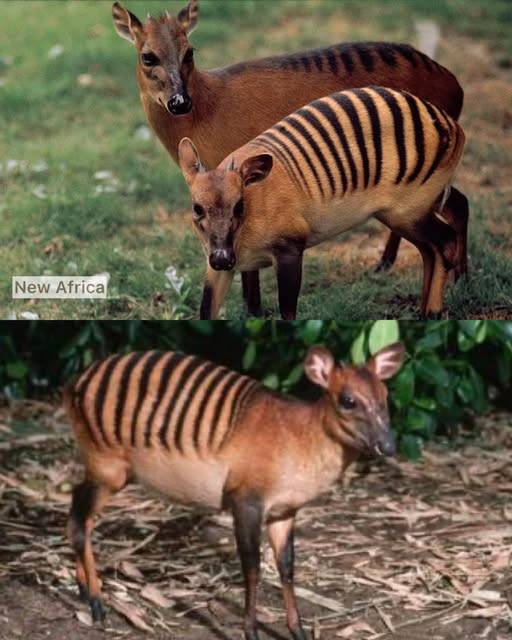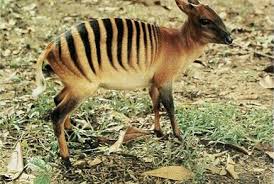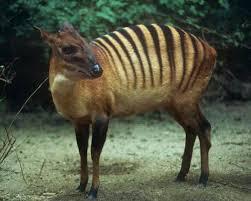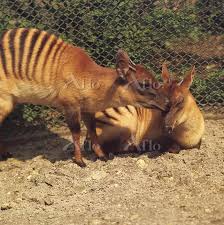The Enigmatic Zebra Duiker: A Striped Jewel of West Africa

The Enigmatic Zebra Duiker: A Striped Jewel of West Africa
The zebra duiker (Cephalophus zebra) is one of the most striking yet little-known antelopes in the world. Instantly recognizable by its bold black transverse stripes running across a reddish-brown or golden coat, this small forest-dweller almost looks like a creature painted by nature’s own hand. Measuring only 75 to 95 cm in length, standing no taller than 50 cm at the shoulder, and weighing between 16 and 22 kg, it is a compact yet remarkably resilient animal. Interestingly, females tend to be slightly larger than males.
Endemic to the western Guinean lowland forests, the zebra duiker’s range is restricted to small pockets in Ivory Coast, Guinea, Liberia, and Sierra Leone. Its preferred habitat lies deep within dense forests, especially in areas near rivers where the vegetation is lush and food sources are plentiful.
Primarily herbivorous, the zebra duiker is both a frugivore and a folivore, feeding on fruits, leaves, and seeds. It has a fascinating adaptation: reinforced nasal bones that allow it to crack open hard-shelled fruits that other animals might find impossible to access.
Solitary by nature, the zebra duiker is typically only seen in pairs or with young. It is believed to form monogamous bonds and will defend its territory from intruders. A nocturnal animal, it prefers the safety of darkness to move about and forage.
Breeding is a slow, deliberate process for this species. After a gestation period of 220 to 230 days, the female gives birth to a single fawn, carefully raising it in the shelter of the forest until it can survive on its own.
Sadly, the zebra duiker’s beauty and rarity have also made it vulnerable. Habitat loss and hunting pose significant threats, making conservation efforts vital for its survival. In the quiet heart of West Africa’s forests, this elusive antelope remains both a symbol of biodiversity and a reminder of the delicate balance we must protect.











